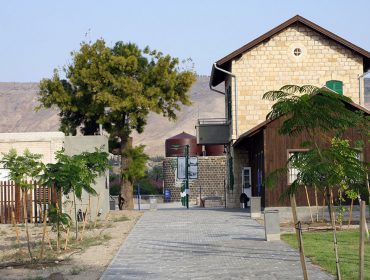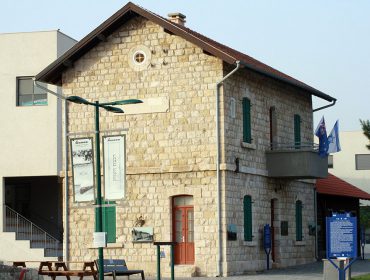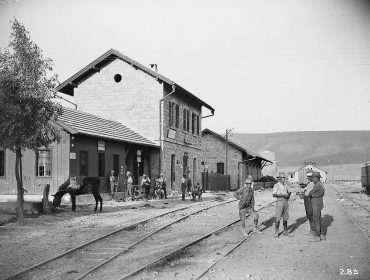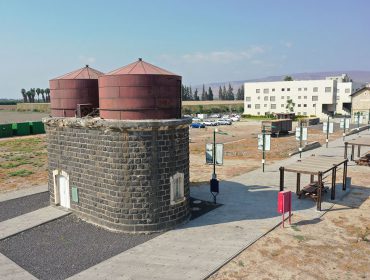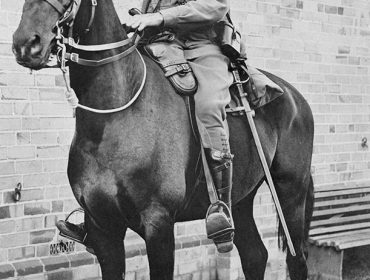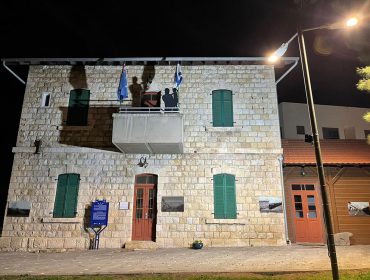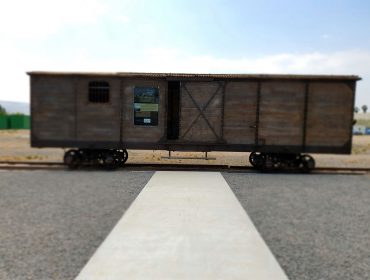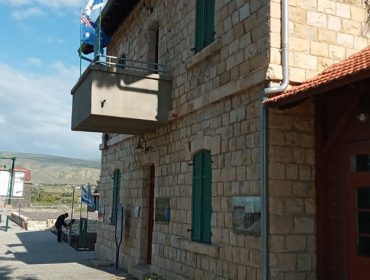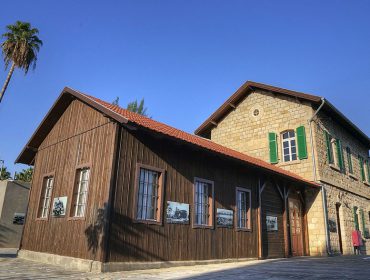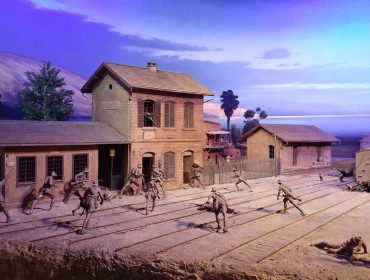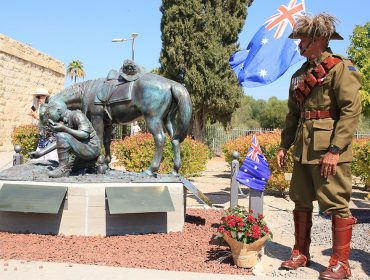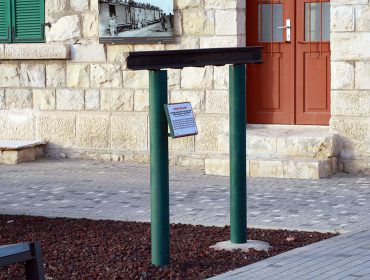The Semakh Railway Station was built by Ottoman Sultan, Abdul Hamid II in 1905 and began regular operations a year later. It was one of the main stations on the “Valley Train” branch of the Hijaz line that ran between Haifa and Dara’a, whose purpose was to connect the Hijaz railway line with the Mediterranean coast.
Since its establishment, the Semakh railway station became a strategic location and of great importance. During the First World War, the station became of greater importance when it developed into the main railway station through which supplies and manpower flowed to and from the front lines.
The Semakh railway station was taken by the Fourth Australian Light House (A.L.H.) in the early hours of September 25, 1918, at the end of World War One. The only night cavalry battle recorded in modern history. In the fierce battle that took place at the railway station, 19 Australian cavalry fell, including 11 Aboriginal soldiers.
A fierce battle also took place at the station with the Syrian army on May 18 1948, during the Israeli War of Independence.
On the Night of the Bridges (June 16 1946), the “El Hawa” bridge over the Yarmuk River was blown up stopping all rail movement crossing Israel’s borders. The destruction of three additional small bridges in early 1948 halted the operation of Semakh Station and the Valley Train Line, which was officially closed at the end of 1951.
The unique buildings located at the Semakh railway station included: a main building where the stationmaster and his personnel lived, a goods platform, a platelayer building, a passenger buffet platform, a dual oval-shaped water tower, steam engine garage, turntable, quarantine facilities and customs buildings. The British Mandate in Palestine added a subterranean fuel container and above ground oil tower.
For a period of about 66 years the station complex was used by the IDF and the Jordan Valley Regional Council. Most of the historic buildings and structures were rehabilitated and restored through work that began in 2013 and was carried out by the Council for Conservation of Heritage Sites in Israel in collaboration with Kinneret Academic College.
A visitor center is located at the station, with a memorial garden for Australian soldiers at its center, to commemorates the fallen. An impressive statue of an Aboriginal warrior (based on a soldier who fell in battle at Semakh (and his horse). The soldier kneels in front of the grave of a fallen brother in arms.

